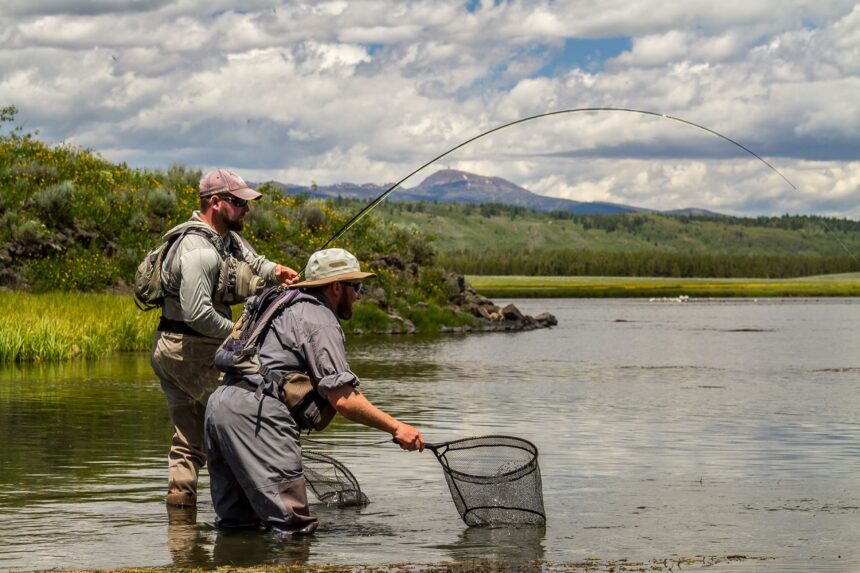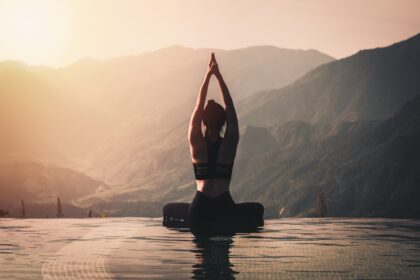Fishing, an age-old practice that has evolved with technology and techniques, continues to captivate individuals worldwide. In this blog post, we’ll delve into the fascinating world of fiskning—a term encompassing various fishing methods. Whether you’re a seasoned angler or a beginner, mastering these techniques can elevate your fishing experience.
Introduction to the Art of Fiskning
The art of fiskning, derived from the Scandinavian term for fishing, is not just a sport or hobby. It is a craft passed down through generations. Historically, fiskning was essential for survival, providing food and livelihood for countless communities. Today, it remains a beloved activity that combines skill, patience, and an appreciation for nature.
Overview of Top Fiskning Methods
Understanding different fiskning methods can significantly enhance your fishing prowess. Here, we provide an in-depth analysis of some of the most popular techniques:
Trolling
Trolling involves pulling baited lines or lures behind a moving boat. This method is especially useful for catching predatory fish like salmon and trout. The key to successful trolling lies in maintaining the correct speed and depth, which often requires specialized equipment like downriggers and trolling motors.
Jigging
Jigging is a flexible technique that can be done from either a boat or the shore. It involves using a weighted lure, known as a jig, which is dropped to the desired depth and then jerked up and down to mimic the movements of prey. This technique is highly effective for catching fish such as walleye, bass, and cod.
Still-Fishing
As the name suggests, still-fishing involves casting a baited hook into the water and waiting for a bite. This method requires patience but can be incredibly rewarding. It is especially effective in calm waters such as lakes and ponds. Anglers often use live bait or scented artificial bait to attract fish.
The Importance of Technique
Mastering fiskning methods can greatly enhance your overall fishing experience. Proper technique ensures that you present your bait or lure most appealingly to fish, increasing your chances of a successful catch. Additionally, knowing when and where to use each method can make a significant difference.
For example, trolling might be the best option in open water when targeting fast-moving fish, while jigging could be more effective in deeper waters where fish are likely to be hiding. Understanding these nuances allows you to adapt to different fishing environments and conditions.
You read detailed article on Life Hacks visit: Peak Publisher Life Hack Category
Gear Guides for Fiskning
The right equipment is crucial for successful fiskning. Here are some recommendations for the best gear for each method:
Trolling Gear
- Rods: Look for medium to heavy-duty trolling rods that can handle the strain of pulling lures at depth.
- Reels: Trolling reels with line counters can help you maintain the correct depth.
- Lines: Use braided or monofilament lines with high tensile strength.
Jigging Gear
- Rods: Opt for shorter, sturdy rods designed for quick jerking motions.
- Reels: Spinning reels with smooth drag systems are ideal for jigging.
- Lines: Braided lines are preferred for their sensitivity and strength.
Still-Fishing Gear
- Rods: Medium action rods are ideal for still-fishing, providing an excellent balance of flexibility and strength.
- Reels: Spinning or baitcasting reels are suitable choices.
- Lines: Monofilament lines are popular for their versatility and ease of use.
Tips for Beginners
If you’re new to fiskning, here are some practical tips to get you started:
Safeties
Always ensure safety by wearing a life jacket, particularly when fishing from a boat. Be aware of your surroundings and weather conditions to avoid any accidents.
Patience is Key
Fishing requires patience. Don’t get discouraged if you don’t catch anything right away. Take the time to learn and enjoy the process.
Environmental Awareness
Show respect for the environment by practicing catch and release when needed and properly disposing of any trash. Sustainable fishing practices ensure that fish populations remain healthy for future generations.
Success Stories
To inspire you further, here are some success stories from experienced fiskning enthusiasts:
John’s Big Catch: John, an avid angler, shared how mastering trolling techniques helped him catch a massive salmon off the coast of Alaska. “It was the thrill of a lifetime,” he said.
Sara’s First Bass: Sara, a beginner, used jigging methods she learned from online tutorials and caught her first bass in a local pond. “I couldn’t believe it! The feeling of the fish biting was incredible,” she shared.
Tom’s Fishing Trip: Tom, a seasoned fisherman, recounted his trip to a remote lake where he used still-fishing techniques to catch a variety of fish. “It was the most peaceful and rewarding fishing experience I’ve ever had,” he remarked.
Conclusion
Fiskning offers a unique blend of challenge and relaxation, making it a rewarding endeavor for anyone willing to learn. Whether you’re trolling in open waters, jigging in deep lakes, or still-fishing in calm ponds, each method brings its own set of joys and challenges.
Frequently Asked Questions (FAQs)
What is the best time of day for fiskning?
Answer: The best time of day for fishing often depends on the species of fish you’re targeting. Typically, early morning and late afternoon are optimal times since many fish are more active during these hours.
How do I choose the right bait for fiskning?
Answer: Choosing the right bait depends on the type of fish you’re targeting. Live bait such as worms, minnows, and insects are always a safe bet. Artificial lures that appeare as the prey can also be very effective.
Can I practice fiskning year-round?
Answer: Yes, fiskning can be enjoyed year-round, though the methods and techniques may vary depending on the season. For example, ice fishing in winter requires specialized gear and skills compared to summer fishing.
Do I need a fishing license for fiskning?
Answer: In most places, a fishing license is required. Check with your local wildlife agency for specific regulations and requirements in your area.
How do I maintain my fiskning gear?
Answer: Proper maintenance is essential for the longevity of your fishing gear. Rinse your rods, reels, and lines with fresh water after each use, especially if you’ve been fishing in saltwater. Regularly inspect and replace any worn-out parts.







